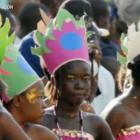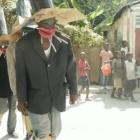ADVERTISEMENT
Photos
new Marriott in Haiti
Here is a picture of the new Marriott in Haiti
The excitement is in the potential the hotel possesses for positively propelling the country's economy skyward. The partners, the Digicel Group, the Clinton Foundation, and the Marriott Hotel chain, have combined the lure of a newly rejuvenated industry with a glamorous hotel design, and have coupled this with a conscientious business model that should put a significant amount of the profits to be realized into the accounts of not just the hotel's management, but local businesses and the mainly Haitian workforce tasked with the day to day operations of the hotel.
Taking from the disadvantaged in the country, the hotel has employed nearly 200 Haitian, some of whom are bilingual members of the diaspora. The opening gives hope to the country that has been experiencing instability, with various riots and unrest, for weeks now.
New Marriott in the heart of Port-au-Prince, Haiti
A new Marriott in the heart of Port-au-Prince. Here is an important milestone in Haiti, the opening of the Marriott Port-au-Prince.
With the help of the Clinton Foundation worked closely with Marriott and Digicel Group, this new hotel will likely attract more foreign direct investment to Haiti
Like a shiny, white beacon to match the high expectations being placed on its shoulders, the 11-story Marriott Hotel in Port-au-Prince, newly opened for business as of the 25th of February, stands out for its newness, simplistic outer design and its ability to reflect the sunlight. While Haiti on a whole and its tourism sector in particular have been benefitting from a tremendous influx of support from local investments and help from around the world, leading to the erection of many new hotels, the implementation of a hibiscus rating system, and a general overhaul of many popular tourist sites with the addition of new ones, it is this hotel which garnered much attention, compelling the presence of Haiti's President Michel Martelly, and former U.S. President Bill Clinton to its grand opening.
Painting from Haitian artist Hector Hyppolite
Hector Hyppolite was a third generation vodou priest, being born into such a family. That air of mysticism followed through his career, as even his debated five-year residence in Africa between 1915 and 1920 is questioned as being myth. There was also the curious and inspiring fact that, early in his career, because he possessed no brushes, he would create his paintings using cardboard as his canvas and chicken feathers as brushes. Upon his return to Haiti, notice was taken of his considerable talent by Philippe Thoby-Marcelin. From this connection, Hector Hyppolite began working in Port-au-Prince in the studio of a schoolteacher and watercolorist from the U.S., Dewitt Peters.
Upon his death in 1948, at the age of 54, Hector Hyppolite was the creator of anywhere from 250 to 600 paintings, all done in the latter three years of his life, many of which captured the vodou scenes so a part of his family history.
Hector Hyppolite Painting
Painting from Hector Hyppolite
So prolific was the work of the Haitian painter Hector Hyppolite, he was awarded with his own year (2008-2009) by the Government of Haiti. Born in Saint-Marc in 1894, Hyppolite spent his early adult years as a house painter and shoe maker. His love of art soon had him venturing, untrained, into the world of fine art painting. Known today as the foremost Haitian painter, and a master of "naïve" art, it is no wonder he is so held as a national treasure.
The government in 2008 issued the decree that between June that year and June 2009 would be Hector Hyppolite Year, to commemorate his great influence on the world of art.
Michel Martelly, Sophia martelly and Evans Paul in Kanaval 2015
Michel Martelly, Sophia martelly and Evans Paul in Kanaval 2015
The term Mardi Gras" in French means "Fat Tuesday" and it is symbolized by consuming all forms of fat during the celebration. The word Carnival is made up of two Latin words, 'carne', meaning flesh and 'vale', meaning farewell. In the Catholic calendar carne vale, farewell to flesh, is a feast celebrated on the Sunday (Dimanche Gras), Monday (Lundi Gras) and Tuesday (Mardi Gras) before Ash Wednesday and marks the beginning of Lent and fasting. The Haitian Carnival consists of masquerade, dance, music and song. It is unique as a festival as it incorporates the street theatre, fine arts, organization of artistic and musical social functions, political commentary, spectator participation, spectacle and fantasy. Since Haitian religious practice has great influence of African traditions, like Africans they parade and move in circles in Mardi Gras costumes and masks because as per tradition, it is believed that moving in circles bring good fortune, heal problems, and chill out angry relatives who had died and passed into the next world.
Haitian women enjoying Kanaval 2015
Haitian women enjoying Kanaval 2015
Carnival originated as a pagan festival in the ancient Egypt, which was subsequently celebrated by the Greeks in honor of Dionysus, their god of wine and then the Roman Catholic Church later modified the feast of Saturnalia into a festival preceding the beginning of Lent.
The Carnival festival was transported to the Caribbean by the European slave traders. According to the customs, Catholics are not supposed to eat meat during Lent, and that is the reason they call the festival "Carnevale" or "to put away the meat".
However, what carnivals have evolved is a mass celebration of indulgences in dance, music, food, and drink, something which the Church never had in mind.
Haitian women enjoying Kanaval 2015
Haitian women enjoying Kanaval 2015
Carnival History in General & Haiti Carnival History
Carnival (also known as Kanavalin Haitian Creole) in Haiti started in the year of its declaration of independence in 1804. Haiti celebrates many carnivals throughout the year, however, its main carnival (Kanaval) starts on January 6th, on the twelfth day after Christmas leading up to Mardi Gras and serves as a final shebang before the 40-day abstinence of Lent. The day of 'Mardi Gras' is the day before the Ash Wednesday, and that is always 46 days before Easter. The three immediate days before the Ash Wednesday, a final celebration is hosted grandly in Haiti especially in Port-au-Prince and Jacmel. These three days are known as "les trois jours gras," or, "three fat days". The country celebrates this carnival with colorful grand parades of floats with elaborate costumes. There are musical competitions, cultural shows, and display of specific characters in the parades dedicated to the Carnival, are some of the major highlights of this annual event.
Haitian Kanaval fanenjoying Kanaval 2015
Haitian Kanaval fanenjoying Kanaval 2015
This Catholic festival has been imported to Haiti and other parts of the Americas by the early European settlers. In Haiti, the carnival is heavily influenced by local customs and rituals like Voodoo and Haitian music. People take part in parade floats where music systems are set up on trucks. Participants perform comedy acts often satirizing political topics. Music always remain the central part of the celebration. Popular Kompa bands like Djakout #1, T-Vice, Sweet Micky take part along with other lesser known bands, groups, who get good public exposure during the occasion.

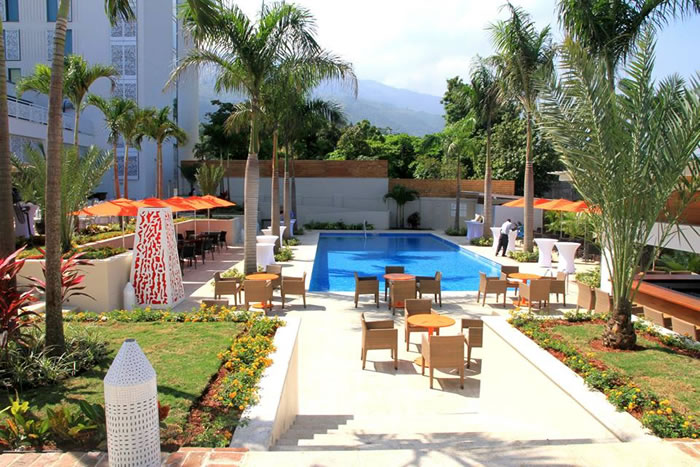

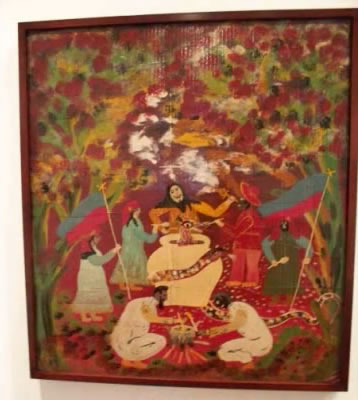
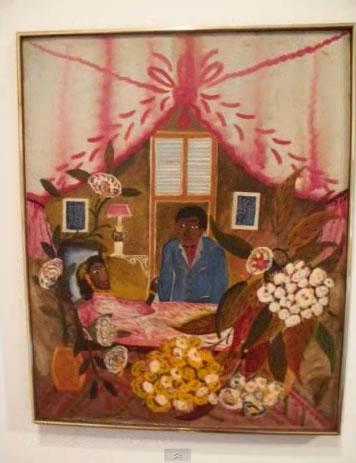

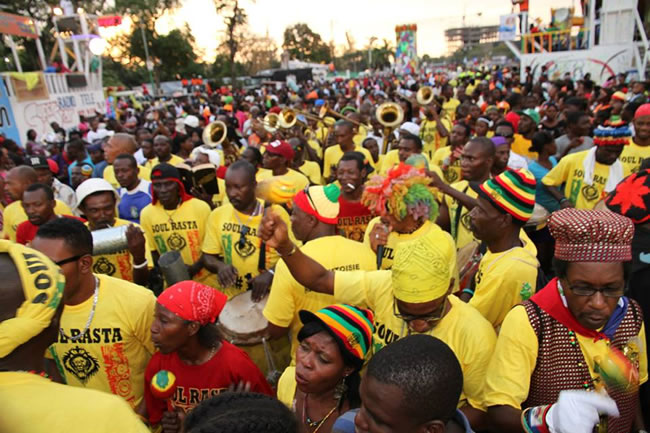
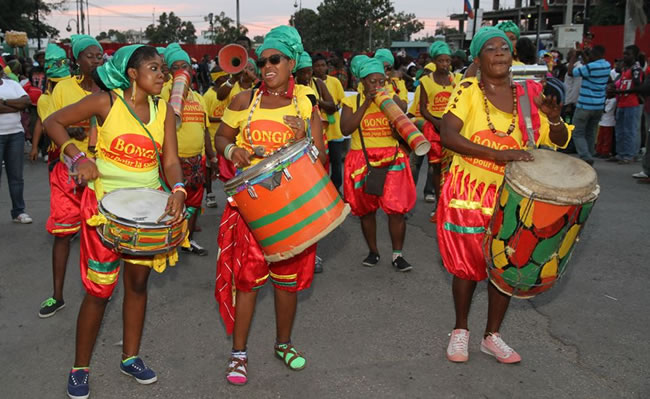

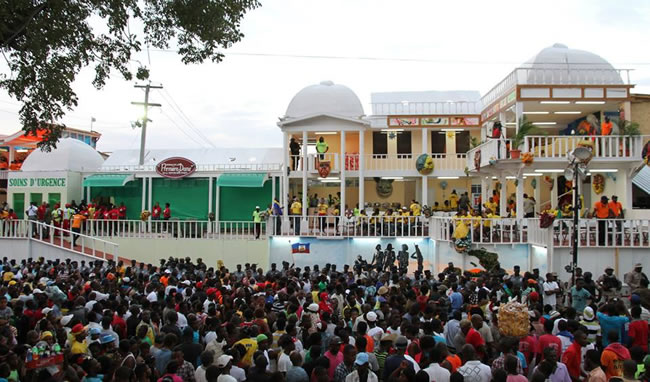
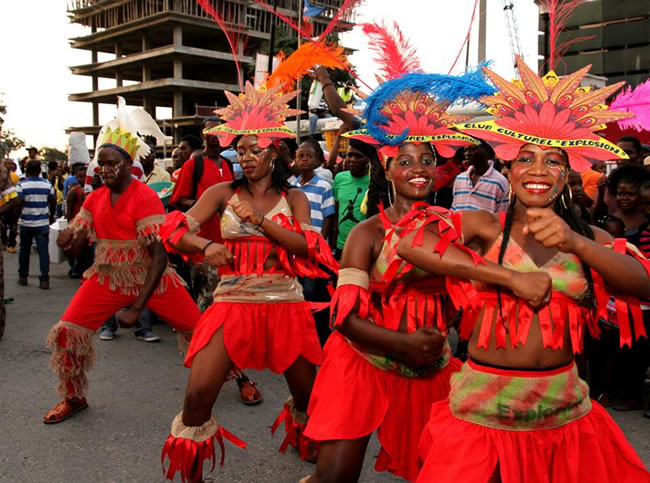
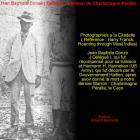 Charlemagne Peralte betrayed by Jean-Baptiste Conze
Charlemagne Peralte betrayed by Jean-Baptiste Conze  Jounalis Phares Duverne mouri
Jounalis Phares Duverne mouri 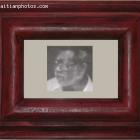 Luc Desir Was A Member Of Francois Duvalier And Jean-Claude...
Luc Desir Was A Member Of Francois Duvalier And Jean-Claude...  Former PNH Chief, Godson Orelus, arrested for illegal arm...
Former PNH Chief, Godson Orelus, arrested for illegal arm...  Philippe Vorbe entered world football Hall of Fame, CONCACAF
Philippe Vorbe entered world football Hall of Fame, CONCACAF  The Petro Caribe Challenge hashtag
The Petro Caribe Challenge hashtag  Dr. Michaëlle Amédée Gédéon is dead
Dr. Michaëlle Amédée Gédéon is dead  Jean Henry Céant deposited documents in Parliament for...
Jean Henry Céant deposited documents in Parliament for... 
